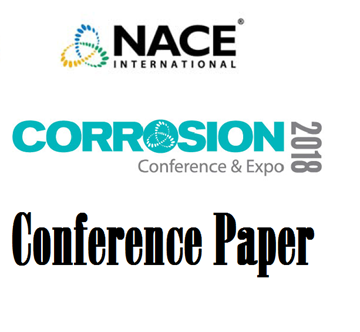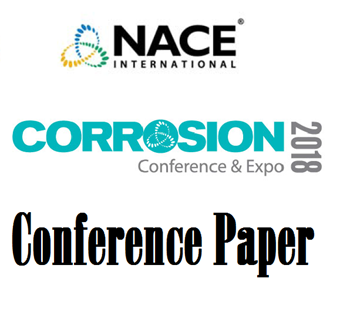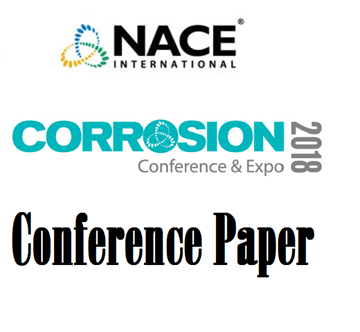Search
51318-11141-Insight into mechanisms of iron sulfide deposition in carbonate reservoir during acid stimulation
Also Purchased
51318-11139-Corrosion behavior in geothermal steam of CoCrFeNiMo high entropy alloy
Product Number:
51318-11139-SG
Publication Date:
2018
$20.00
51318-11140-Corrosion Risk and Mitigation in Building Water Systems
Product Number:
51318-11140-SG
Publication Date:
2018
$20.00
51318-11142-Weld preferential high temperature sulfidation
Product Number:
51318-11142-SG
Publication Date:
2018
$20.00




